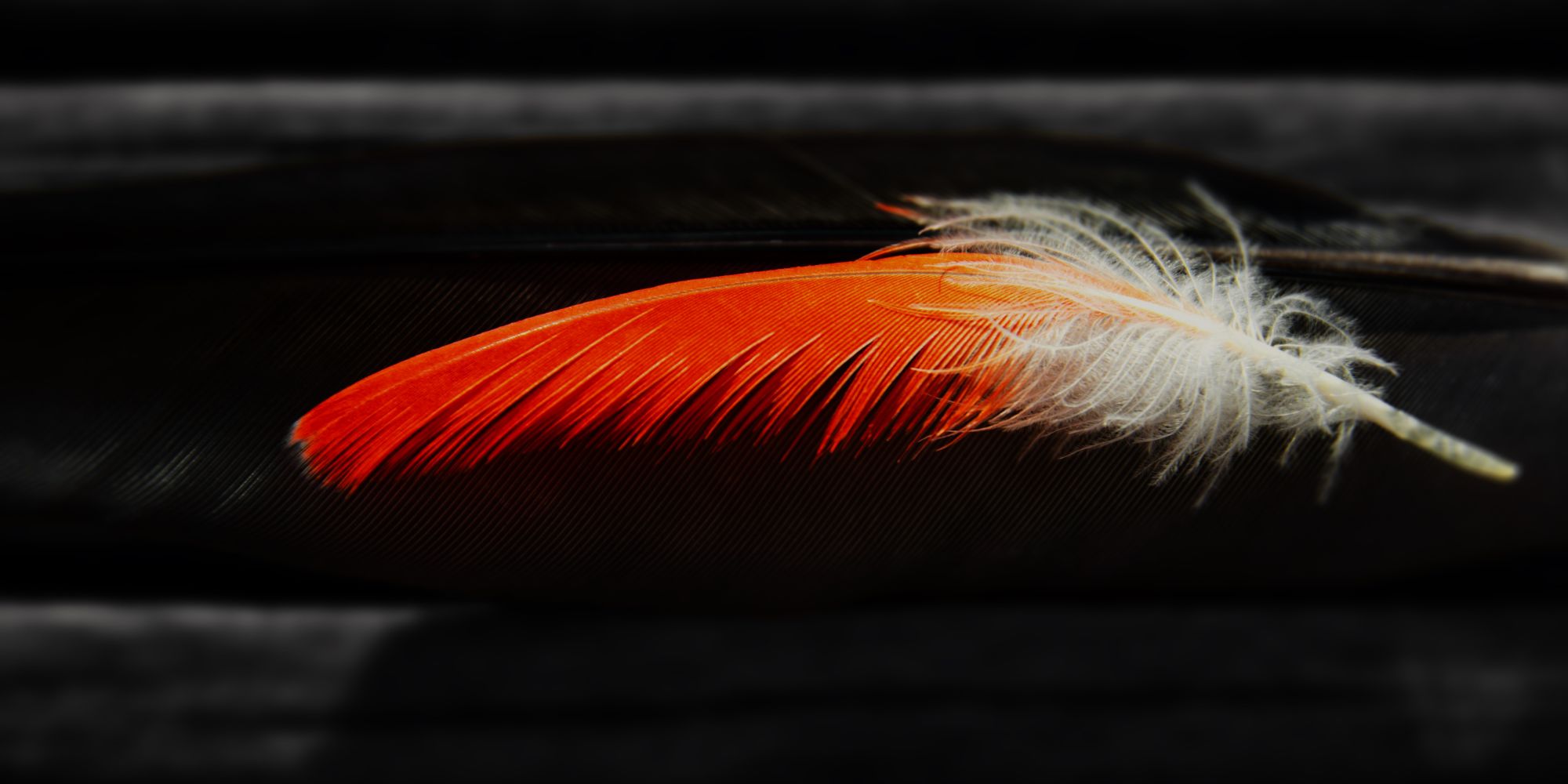
Running Commentary 2/3/2025
Hello,
I'll be taking next week off from this newsletter, since I really ought to spend the time next weekend doing my taxes. There's nothing pressing for me to cover here, so I thought I'd just take a break so I didn't have to rush with both. I'll resume on the 16th.
Anyway...
Watching...

And Then There Were None (2015 Miniseries)
I got a chance to see this recently as a sample from Acorn TV, one of the American clearinghouse streamers for British television. This was based on Agatha Christie’s best-regarded novel, which does not feature any of her famous detective characters. I was generally familiar with the conceit of the story: a bunch of British people are summoned to an island mansion where they are trapped and killed one-by-one, but going in I did not know the details nor who the killer was. This adaptation is a 3-part miniseries, essentially a 3-hour film, made for the BBC. I watched all three installments back-to-back. Here are my notes:
- I’m not sure if anyone’s made this point before, but the slasher genre owes a lot to this story, which is a sort of mid-point between a Sherlock Holmes story and a Friday the 13th movie, though it lacks both a brilliant detective and gruesome death scenes, the respective hallmarks of those two genres. It does feature a puzzle set forth by an evil mastermind and a series of killings witnessed by a young woman who is the last to be targeted.
- As a piece of film-making, the miniseries is generally pretty good but I will say that many establishing shots and still moments were drawn out just a bit too long, usually with some Shepard-scale music droning over them. These bits set the mood effectively, but would have worked better if they’d ended before I noticed that a mood was being set. At three hours, this show is long enough to fit every moment in a two-hundred-some page book, and then some. The color grating is consistently teal and eerie, which is fitting.
- The same writer has apparently adapted several other Christie stories for the BBC since this came out. These are worth watching, based on this.
Spoilers
- I did not guess who the killer would be. I probably should have, considering that he was played by Charles Dance and everyone else was played by someone I’d never heard of (except the general, of course, played by Sam Niell, a bigger star than Dance). I did figure that the killer was someone who had faked their death, but I thought it might be either the playboy or the activist. The playboy died first, and seemed cruel enough to pull this game off; he didn’t seem smart enough, but he could have been playing dumb. The activist seemed most likely to want the others dead. Both died of more easily-faked means than the others. But, thinking back, I do think the killer being the judge was well set-up, without being given away.
- There’s some debate about how the miniseries apparently changed the backstories of the victims to make them more active killers (the butler smothering his elderly employer rather than simply withholding medicine; the general shooting his wife’s lover in the head rather than sending him on a doomed mission, etc.) I’ve seen it proposed that the flashbacks are not to be taken literally, that they show what the characters may as well have done to their victims, not what they actually did. I’m not sure that read entirely works but it’s an interesting idea. I do agree that if things had gone literally how they were portrayed many of the killers would have been convicted, so while the changes might make flashback scenes more thrilling, they are less believable.
Playing...
Warframe
I don't have much to say here but I did want to mention that a recent DevStream mentioned that both exalted and pseudo-exalted weapons will be seeing some big changes in a short time: stat sticks are going away, as pseudo-exalteds will be directly mod-able. I never really figured out stat sticks (the fact that it's unclear how they work without referencing outside resources is a big part of the reasoning for this change) but this seems like a good change that I'll have to take a look at once it goes live. The exalted weapons seem like they're just going to get buffed slightly, but details on that are forthcoming, I guess.
And speaking of referencing outside resources, DE has sponsored moving the Warframe Wiki from a Fandom site to their own at wiki.warframe.com. We've been warned only the English wiki is really moved yet and even that might have some issues, but at least the whole site will be the Warframe Wiki and not crammed full of pop-up videos and links to unrelated wikis. It's honestly astonishing how bad Fandom has made their UX; they seem convinced they have their users trapped with nowhere else to go, and, besides making Tenno's lives a bit better, this also shows that that isn't really true. Here's hoping Wookieepedia leaves next.
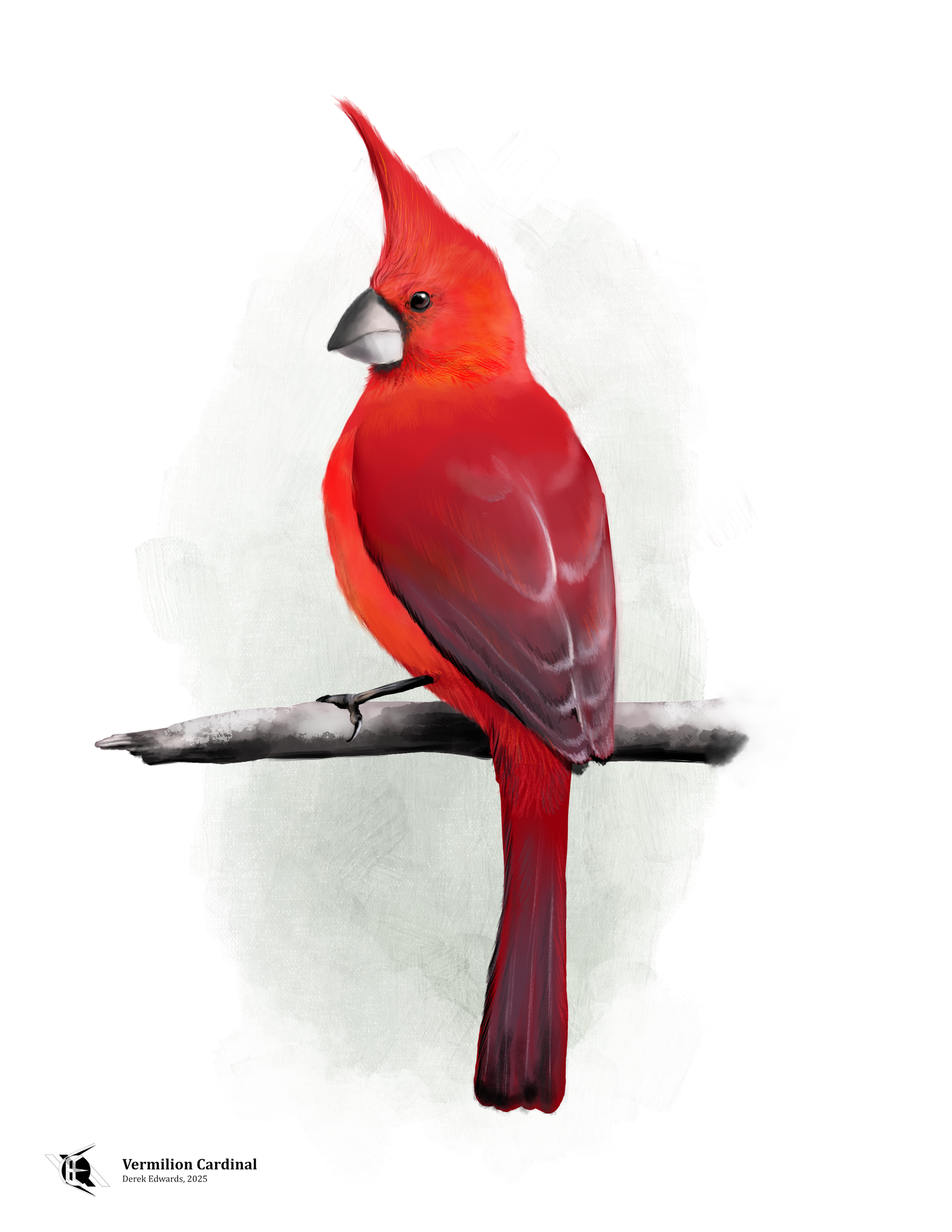
Bird of the Week
I have an odd sort of personal taboo against drawing the same bird twice. This predates my doing Bird of the Week, even. I have drawn a few birds more than once, but, mostly, I find that there's so many birds out there, so many birds I haven't drawn, that revisiting a bird that I have drawn is a missed opportunity. But birds themselves are less wary of repetition; there are lots of birds that look like other birds. So, often, just because I've drawn a certain bird already, I might be able to essentially draw it again by drawing one of its doppelgangers. Which brings me to today's bird, the Vermilion Cardinal.
"Cardinal" generally means, in my mind, the northern cardinal, but there are actually a decent number of birds called "cardinal". Some, like the yellow cardinal or the red-crested cardinal, are actually crested species of tanager – fair play, considering that the scarlet and western tanagers are actually crestless species of cardinal. The vermilion cardinal is a true cardinal, sibling to the northern cardinal and the pyrrhuloxia (aka the desert cardinal). It is found in areas along the northern coast of South America from eastern Colombia across into Venezuela.
This bird is a good study of what birders call "field marks", the particular details of a bird's appearance used to distinguish similar species from one another. In the field, the vermilion and northern cardinals do not live in the same places, so confusing them in-person would be somewhat difficult, but let's say you didn't have location to rely on. Look at this vermilion cardinal, and look at a picture of a male northern cardinal. They look very similar. A general, what-I-saw-from-my-window description of "an all-read bird with a crest, a blunt beak, and a longish tail" applies equally to either one. The difference lies in the secondary details. For one thing, both have crests, but the vermilion's is proportionally much longer than the northern's. As someone who is quite familiar with the sight of northern cardinals, vermilion cardinals' crests look too-long to me, instinctively, as I'm sure northern cardinals look short-crested to Colombians.
But what if you aren't personally familiar with either cardinal? I'm not personally familiar with dowitchers (a kind of shorebird); there's a long-billed and a short-billed dowitcher, but the bills of each are pretty long, as bird's bills go, and I'm not familiar enough with either to know which I was looking at on-sight. If you didn't have a good feel for the length of cardinal crests, you'd have better luck checking their faces. The northern cardinal has a black mask over his eyes and chin, which the vermilion lacks. Also, note that the northern's beak is red-orange, while the vermilion's is dark horn-gray. These marks are a more strictly binary check than the question of how long its crest is, and are thus easier to determine on unfamiliar birds.
I've already told the story of how "cardinal" became a word for birds, so this time let's talk about the word "vermilion". It's a somewhat confusing word. As the name of a color, it seems like it would name a shade of green. After all, "verdant" means green with plant life, "vernal" refers to Spring, when the trees regain their leaves and the world becomes green again, and Romance languages use world like "vert" and "verde" to name green generally. But vermilion comes not from the Latin for "green", but rather from the Latin for "worm".1 It refers to a shade of bright orangish-red, particularly that derived from mercury sulfide pigments, and literally means "earthworm-colored". This can serve as a reminder how lucky we in the Americas are to have so many bright-red birds about; to the European, the earthworm is one of the reddest creatures they have.
In Latin-speaking times, vermilion was precious. It only occurs naturally as the mineral cinnabar, which is not a common rock. One of the most noted uses of vermilion is a mural painted on the walls of a mansion in the doomed city of Pompeii, the Villa dei Misteri.

The meaning of the painting and its strange contents have been a matter of debate ever since it was excavated from volcanic rubble in 1909, but one thing we do know it means is that the owner of the villa was rich even by Pompeiian standards, since it was painted on a backdrop of one of the most expensive paints available.2 Vermilion would eventually be artificially manufactured, its high price promising great wealth to any alchemist clever enough to obtain it without the need for cinnabar, but that's a story I think I'll save for when I draw a vermilion flycatcher.
To science, the vermilion cardinal is Cardinalis phoeniceus; again the genus name references the red-robed Catholic clergy whom it and its northern brethren are named for; the species name references not vermilion, but another red prized by the Romans: the Tyrian scarlet derived from sea snails and sold throughout the Mediterranean by Phoenician traders.3
- Merriam-Webster.com Dictionary, s.v. “vermilion,” accessed February 2, 2025, https://www.merriam-webster.com/dictionary/vermilion.
- St Clair, Kassia. (2018b). The Secret Lives of Colour. John Murray. pp.144-145
- Jobling, J. A. (editor). The Key to Scientific Names in Birds of the World (S. M. Billerman et al. editors), Cornell Laboratory of Ornithology, Ithaca.
Curation Links
Let’s Not Fool Ourselves About Yogurt | Yasmin Tayag, The Atlantic
“Yogurt captures the best and worst of America’s approach to eating: the desire to optimize health without giving up junk. “Healthy indulgences” have become an American necessity, producing paradoxical inventions that include probiotic sodas, keto gummy bears, and skinny margaritas. Perhaps we’d be more satisfied without the rigmarole. An M&M-studded yogurt won’t make you healthier, so just enjoy it for what it is: dessert.”
Goodbye Death Valley, 1850 | Andrew Chapman, Histories
Account of two men who crossed Death Valley to get help for their stranded wagon train, stuck in the Paramint Mountains while trying to get into California.
Revolution in the air | Mark Miodownik, The Guardian
Excerpt from Midiownik’s It's a Gas, a history of anesthetic vapor, from nitrous oxide to ether to chloroform to nitrous oxide again.
The Martian Obelisk | Linda Nagata, Reactor
[FICTION] "A powerful science fiction story about an architect on Earth commissioned to create (via long distance) a masterwork with materials from the last abandoned Martian colony, a monument that will last thousands of years longer than Earth, which is dying."
See the full archive of curations on Notion


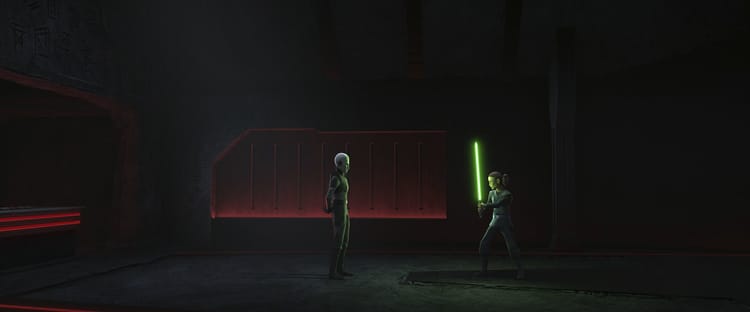
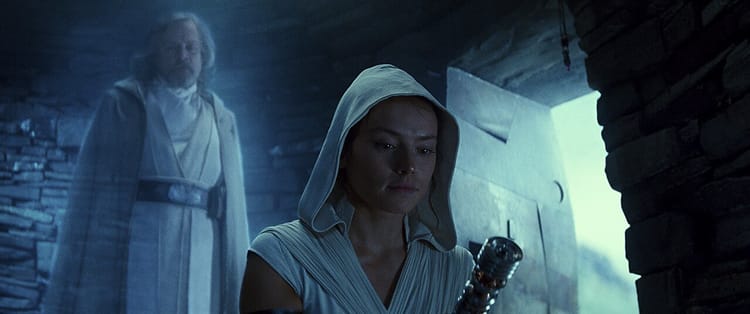

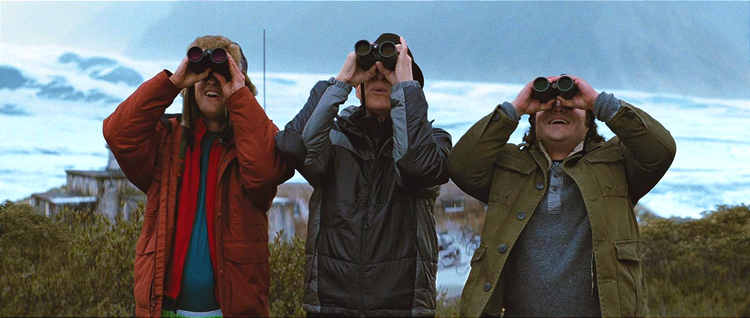
Member Commentary